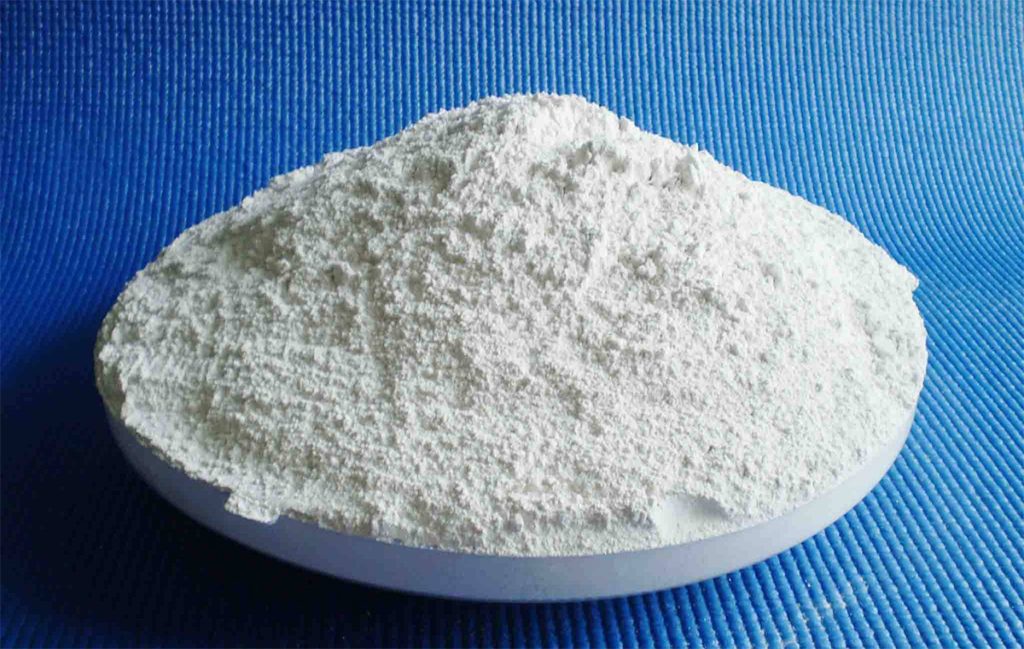Dolomite is used in various industries

The chemical formula of dolomite is [CaMg(CO3)2], also known as dolomite limestone. Dolomite accounts for about 2% of the earth’s crust. Dolomite sediments are common all over the world, mainly sedimentary rocks or equivalents of changed structures.
Dolomite is one of the widely distributed minerals in sedimentary rocks and can form thick dolomite. Primary sedimentary dolomite is directly formed in sea lakes with high salinity. A large amount of dolomite is secondary, formed by limestone being replaced by magnesium-containing solutions. Marine sedimentary dolomite is often interbedded with siderite layers and limestone layers. In lake sediments, dolomite coexists with gypsum, anhydrite, rock salt, potassium salt, etc.
Application of dolomite in various fields:
Metallurgical industry
Magnesium has good thermal conductivity and electrical conductivity. It is a non-magnetic and non-toxic metal. Magnesium alloys are light, durable, high-strength, high-toughness, and good mechanical properties. They are widely used in aviation, automobiles, precision castings, defense industry, and other industries. In the magnesium smelting industry. Dolomite is one of the important raw materials for the production of magnesium metal. The domestic silicothermic method is generally used to refine magnesium metal. The output accounts for about 20% and about 67% of the total amount of magnesium metal. The silicothermic method is to calcine and decompose dolomite to obtain a mixture of MgO and CaO. After the calcined powder is ground and sieved, it is mixed according to the molar ratio of Mg to Si of 2:1, and an appropriate amount of fluorite is added as a catalyst. The mixed lumps are made into balls and reduced with silicon at 1150-1200C to generate calcium silicate and magnesium. Dolomite is an important auxiliary material for steelmaking and sintering in the metallurgical industry.
Building materials industry
As the raw material of magnesium cementitious materials: dolomite is calcined at a certain temperature. Dolomite is partially decomposed to generate magnesium oxide and calcium carbonate, and then magnesium oxide solution and aggregate are added to stir and form, and high-strength ferro-ammonia cement materials are generated after curing. Ferro-ammonia cementitious materials are mostly used in the production of large packaging boxes and the 8th generation of Suifeng Street. They have broad application prospects in the development of new construction structures. Dolomite accounts for about 15% of the float glass mixture.
Chemical Industry
In the chemical industry, marbling is mainly used to produce magnesium compounds, which is also the best way to increase the added value of marbling products. The main industrialized chemical products are magnesium oxide, light magnesium carbonate, magnesium hydroxide, and various magnesium salt products. Light magnesium carbonate is also called industrial hydrated basic magnesium carbonate or basic magnesium carbonate. The molecular formula can be expressed as xMgCO3 yMg(OH)2 zHO. White monoclinic crystal or amorphous powder, non-toxic, odorless, relative density 2.16, stable in air. Slightly soluble in water, the aqueous solution is weakly alkaline. Easily soluble in acid and ammonium salt solution, reacts with acid to generate magnesium salt and releases carbon dioxide. High temperature pyrolysis turns into magnesium oxide.
Other applications
In agriculture, dolomite can neutralize acidic substances in the soil and be used for soil improvement. At the same time, the magnesium contained in dolomite can be used as magnesium fertilizer to supplement the magnesium in crops: dolomite is added to feed as a feed additive to increase the calcium and magnesium intake of poultry and livestock and enhance the nutrition of poultry and livestock.
In the field of environmental protection, after hydration and digestion of calcined dolomite powder, it mainly contains magnesium hydroxide and calcium hydroxide, which can absorb gases such as carbon dioxide and sulfur dioxide in flue gas. Therefore, calcined dolomite powder can be used for flue gas carbon dioxide separation (ECRS); dolomite can also be used in gasification furnaces to remove H2S from flue gas: using the high surface energy and adsorption of calcium hydroxide and magnesium hydroxide generated by hydration of active magnesium oxide in calcined dolomite powder, calcined dolomite can be used as a filter material for domestic water treatment, and can also be used to remove metal ions such as iron and manganese in industrial wastewater.
